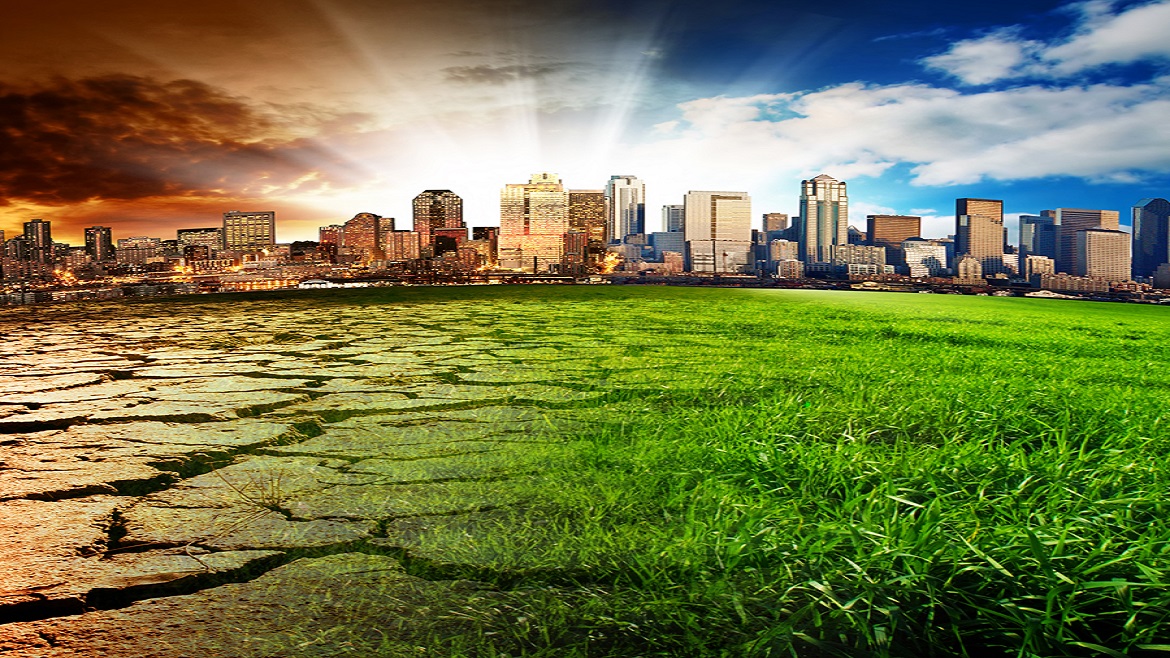In 1952, in just four days, smog killed approximately 12,000 people in London. Today, in China, approximately 4,000 people are dying every day because of air pollution. We are all fuelling this pollution, for example, by providing a US$5.3trn energy subsidy. This is equivalent to paying around US$100 for each tonne of all anthropogenic greenhouse-gas (GHG) emissions produced (based on total GHG emissions of 51.9 gigatonnes of carbon dioxide equivalent in 2016). Most of the subsidy is due to energy taxes that are set at levels too low to account for the environmental damage caused by energy consumption.
In addition to reversing the energy subsidy, one of the most effective solutions to this problem is 100% renewable electrification of all our economic activities, including transport, buildings and manufacturing. We must embrace 100% renewable energy by 2050 (and 80% by 2030). To limit global warming within 1.5°C above pre-industrial levels, we must also stop the combustion of fossil fuels and the way we are radically transforming lands and oceans.
Agents of global warming
Fossil-fuel combustion and cement manufacturing units are responsible for a major part of GHG emissions and come from a small number of producers: 71% of industrial GHG emissions produced since 1988 originate from just 100 companies. Major meat and dairy producers' value chains are also among the biggest emitters in the world.
Countries are defining their binding contributions for reducing emissions in their National Determined Contribution (NDC) submissions. However, the current NDCs, if fully implemented, would limit warming to about 3.2°C. Just six countries, plus the EU, account for almost three-quarters of GHG emissions; these six countries are China, the US, India, Russia, Japan and Brazil (Germany is in sixth place instead of Brazil, but its emissions are counted as part of the EU, which as a whole is the third-biggest emitter behind China and the US, and has its own NDC). Out of these six, two NDCs (the US and Russia) are "critically insufficient", according to the Climate Action Tracker, which is independent scientific analysis produced by three research organisations tracking climate action since 2009. The same analysis shows the NDCs of China and Japan as "highly insufficient" and those of Brazil and the EU as "insufficient". India's NDC is at least compatible with warming of 2°C.
Going green
NDCs that achieve warming of 1.5°C could incorporate both bottom-up and top-down approaches that draw upon inspirational sources, such as the so-called Carbon Law, 100 solutions to reverse global warming proposed by Project Drawdown, and 100% renewable electrification. The idea is not to criticise existing NDCs but to constructively propose more effective approaches and evidence-based solutions.
Humankind’s diet needs to evolve from an omnivorous to a progressively plant-based diet. Clean energy and healthier agriculture go against the narrow interests of those that produce coal, oil and natural gas and the makers of synthetic fertilisers, pesticides and herbicides, as well as meat (beef in particular). It is up to food and energy producers, and consumers, to reduce and ultimately stop consuming products that are dangerously polluting our environment.
Today's intensive monoculture and livestock agriculture needs to give way to a much healthier version that restores land and acts as a giant carbon sink. Meat companies can research, develop and sell plant-based meat, eg a burger that looks, smells and tastes like meat but is produced entirely from plants. An American multinational food corporation, Tyson Foods, for example, is investing in Beyond Meat, a plant-based meat provider. Big agriculture entities can promote the concept of "Agriculture as a Service" and develop natural regenerative solutions to agricultural productivity and carbon sinking, albeit more labour intensively, at least initially.
Meanwhile, fossil-fuel companies can invest in only renewables and produce renewable energy themselves (eg wind, geothermal, solar or even coal mines as energy-storage solutions). They can also return money to investors and strand the most carbon-intensive assets themselves (as utilities have done).
The views and opinions expressed in this article are those of the authors and do not necessarily reflect the views of The Economist Intelligence Unit Limited (EIU) or any other member of The Economist Group. The Economist Group (including the EIU) cannot accept any responsibility or liability for reliance by any person on this article or any of the information, opinions or conclusions set out in the article.




